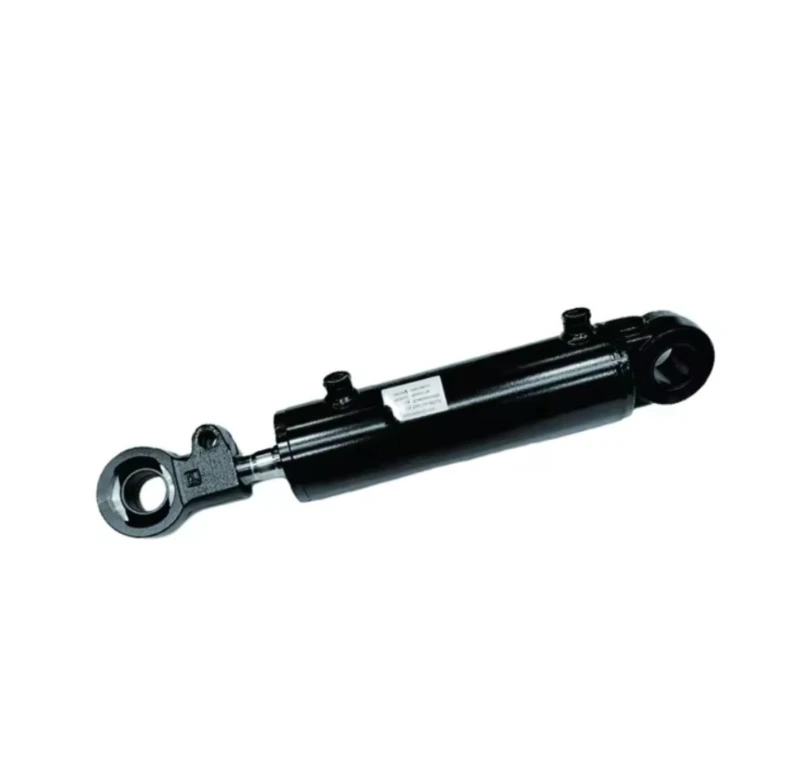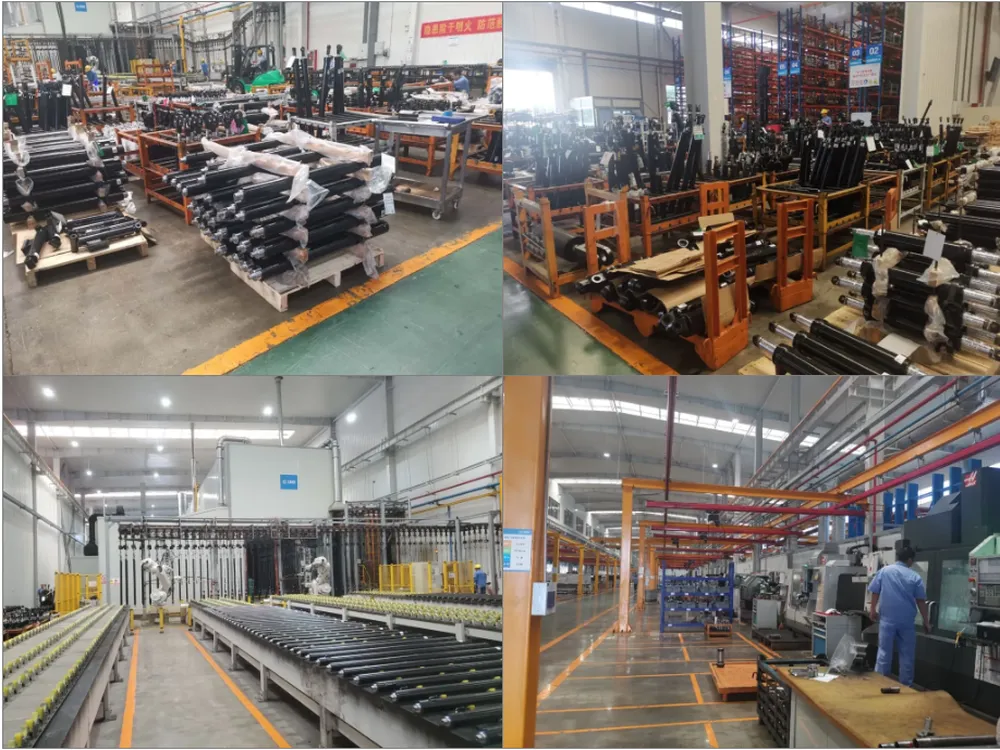Tilt Cylinder Troubleshooting Hydraulic Issues
Introduction
In this blog post, we will discuss tilt cylinder troubleshooting for hydraulic issues. Hydraulic systems are widely used in various industries, including construction, agriculture, mining, aerospace, automotive, maritime, and material handling. The tilt cylinder plays a crucial role in hydraulic systems, allowing for controlled movement and positioning of equipment. However, like any mechanical component, tilt cylinders can experience issues that may affect their performance and efficiency.
Common Hydraulic Issues
1. Leakage
One of the most common problems with tilt cylinders is hydraulic fluid leakage. This can occur due to worn seals or damaged components. Leakage not only leads to a loss of hydraulic fluid but also reduces the effectiveness of the cylinder, resulting in decreased performance.
2. Slow Cylinder Movement
Another issue that may arise is slow cylinder movement. This can be caused by insufficient hydraulic pressure, restricted flow, or cylinder misalignment. Slow cylinder movement can significantly impact productivity and efficiency in hydraulic systems.
3. Erratic Cylinder Movement
Erratic cylinder movement is a problem that can occur due to various factors, such as air in the hydraulic system, contamination, or a malfunctioning control valve. This issue can make equipment operation unpredictable and unsafe.
4. Overheating
Overheating is another common hydraulic issue that can affect tilt cylinders. Excessive heat can lead to fluid degradation, seal failure, and reduced overall system performance. It is important to address overheating promptly to prevent damage to the cylinder and other hydraulic components.
5. Inadequate Load Holding
Tilt cylinders are often used for load holding applications. If the cylinder fails to hold the load properly, it can result in equipment instability and potential safety hazards. Factors such as internal leakage, poor seal performance, or insufficient cylinder capacity can contribute to inadequate load holding.

Tilt Cylinder Operation
Tilt cylinders operate based on hydraulic principles, utilizing fluid pressure to generate linear motion. When hydraulic fluid is supplied to the cylinder's chambers, it acts on the piston, causing it to move in the desired direction. The movement of the piston extends or retracts the cylinder, allowing for controlled tilting of equipment or machinery.
Choosing the Right Tilt Cylinder
Selecting the appropriate tilt cylinder for a specific application is crucial to ensure optimal performance and longevity. Here are some key factors to consider when choosing a tilt cylinder:
1. Load Capacity
The tilt cylinder should have adequate load capacity to handle the maximum load requirements of the equipment. It is essential to consider both static and dynamic loads to ensure the cylinder can safely support the weight.
2. Stroke Length
The stroke length of the tilt cylinder should match the required range of motion for the equipment. It is important to consider factors such as clearance, operational space, and desired tilting angle when determining the appropriate stroke length.
3. Operating Pressure
The tilt cylinder should be able to operate within the specified hydraulic pressure range of the system. Choosing a cylinder with a suitable pressure rating ensures compatibility and prevents potential issues related to pressure overload or underutilization.
4. Mounting Configuration
The mounting configuration of the tilt cylinder should align with the equipment's design and requirements. Proper mounting ensures stability, alignment, and efficient transfer of forces during operation.
5. Environmental Considerations
Environmental conditions, such as temperature, humidity, and exposure to corrosive substances, should be taken into account when selecting a tilt cylinder. Choosing a cylinder with appropriate materials and protective coatings enhances durability and minimizes the risk of damage.

Tilt Cylinder Installation
Proper installation of tilt cylinders is essential to ensure optimal performance and longevity. Here are some general guidelines for tilt cylinder installation:
- Ensure the equipment is properly supported and stable before installing the cylinder.
- Inspect the cylinder and associated components for any damage or defects.
- Follow the manufacturer's instructions for mounting the cylinder securely.
- Properly align the cylinder and ensure it is centered to prevent any misalignment issues.
- Connect the hydraulic hoses or pipes, ensuring proper tightening and sealing.
- Purge the hydraulic system of any air or contaminants to prevent potential issues.
- Perform functional testing and verify the cylinder's operation before putting the equipment into full use.
About Our Company
We are a comprehensive transmission equipment manufacturer specializing in the research, development, manufacturing, and sales of hydraulic cylinders. With over 15 years of experience, we have been serving customers in Europe, America, Africa, and Asia, earning a reputation for our high-quality products and excellent service.
Our company is committed to innovation and utilizes advanced production and testing equipment to ensure the highest standards of quality and efficiency. We offer a wide range of hydraulic cylinders, including tilt cylinders, boom cylinders, forklift tilt cylinders, steering cylinders, small hydraulic cylinders, and hydraulic pistons. Our products are widely used in various industries, such as construction, agriculture, mining, aerospace, automotive, maritime, and material handling.
We take pride in our customer-centric approach and strive to provide the best solutions tailored to our clients' needs. Our competitive advantages include top-notch product quality, superior service, and competitive pricing. We have established long-term partnerships with major clients in Europe and America, and we continue to expand our presence in the global market.

Thank you for reading this comprehensive blog post on tilt cylinder troubleshooting for hydraulic issues. We hope this information has been valuable in understanding the common problems associated with tilt cylinders and how to address them. If you have any further questions or need assistance with tilt cylinder solutions, please feel free to contact us. Trust our expertise and experience to provide you with the best hydraulic cylinder products and services.
Edited by Czh